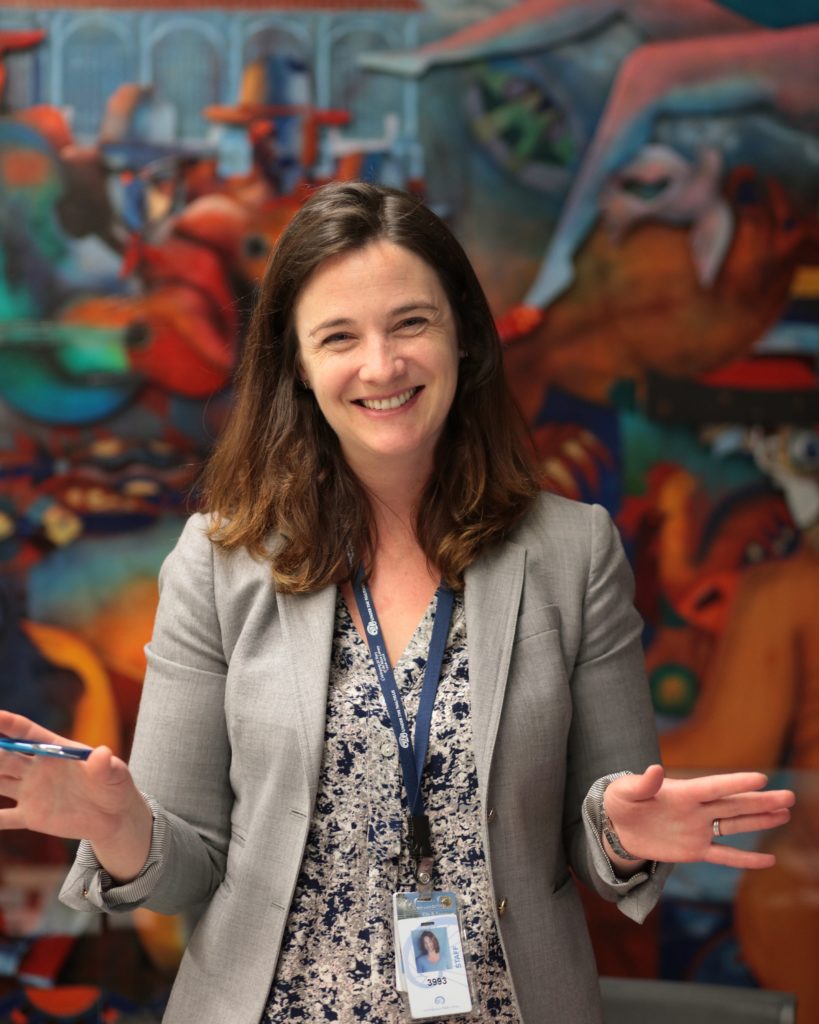
Kate Eppler
Digital Literacy is an increasingly complex yet mandatory skill for the modern workforce; yet many adult learners struggle to find useful resources that help build knowledge by breaking down technology. Public Knowledge sat down with the Bridge Program Manager Kate Eppler, who is using library tools and institutional connections to foster adult learning and skill building. Through tech volunteers and museum programming, the Bridge at SFPL Main is helping patrons learn English, utilize online apps, understand digital job applications, and connect to our current computer centered culture.
Public Knowledge: Please describe your role at the San Francisco Public Library (SFPL).
Kate Eppler: I’m the Program Manager for the Bridge at Main, which is our adult learning and literacy department. That means I oversee, coordinate, and help develop all the various learning and teaching functions of the Bridge.
PK: Who are the primary users of the Bridge at Main?
KE: Our users are people who are working to make their lives better in some way. They are seeking literacy tutoring or help learning English or a high school diploma or to build technology skills for the job market and daily life. They are veterans seeking resources, or parents who want to help children who are struggling readers. Our users are strivers, all toward different goals.
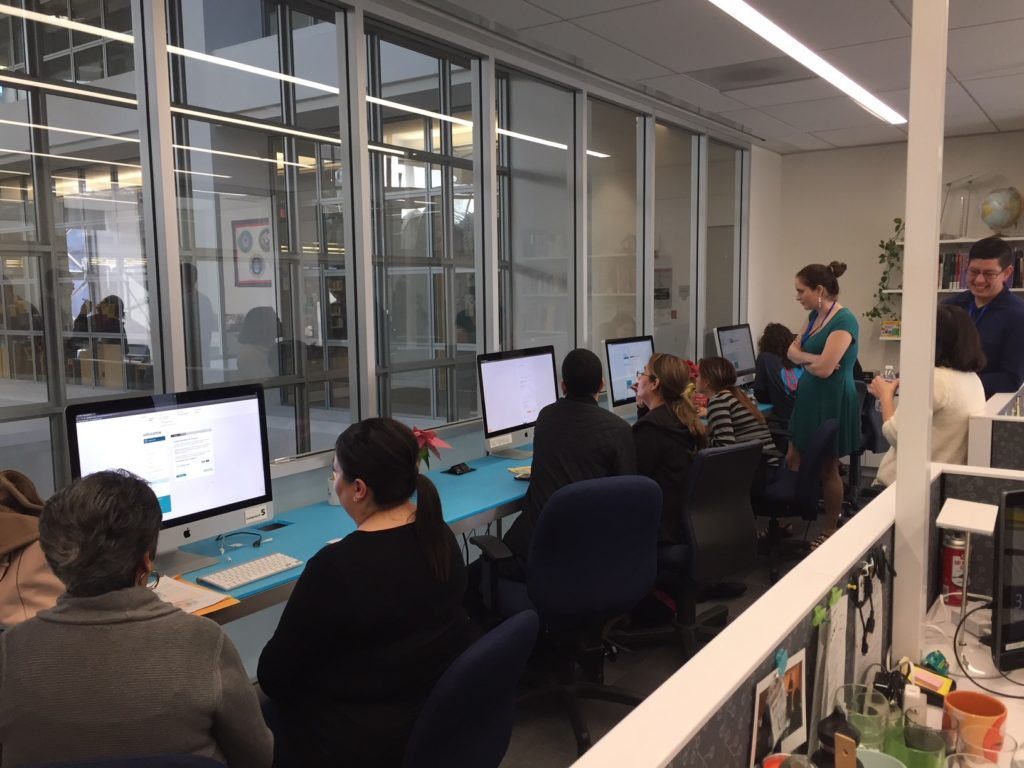
People Receiving help with citizenship applications at the Bridge TechLab
PK: How specific to San Francisco is the kind of programming that happens at the Bridge?
KE: It’s not, really—many of our programs exist in libraries across the state or nation. San Francisco was smart to put them all together in one destination learning center so that we can cross-pollinate and build relationships with our learners that help us introduce them to additional services. Think of it as “come to learn email, stay for the literacy tutoring.” “Come to improve your English, and oh, by the way, let’s advance your computer skills.”
PK: How do tech companies work with the Bridge?
KE: The Bridge works with more than 250 volunteers, many of whom are employees of tech companies, and some of whom are having their first adult experience with the public library when they come to us to volunteer. Our award-winning Connect with Tech Week, which seeks to address San Francisco’s lingering digital divide, also brings us hand in hand with tech companies as we plan and promote more than fifty educational events across the city. Last year’s Connect with Tech was supported by Microsoft, but it also attracted participation from companies like Twitter and Sonic. I’m always seeking conversation with our local industry, to learn more about what’s new and see how the library can act as a passageway—or dare I say it, a bridge—between the industry and the wider community.
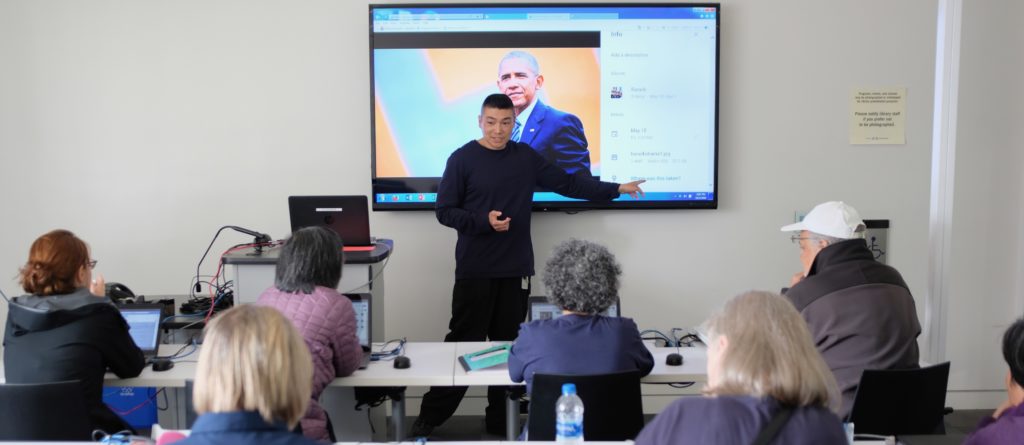
The Bridge’s Simon Ho teaching a Google Photos class
PK: What do you find most fulfilling about your work?
KE: The Bridge is staffed with a small army of expert and empathetic helpers, and working with them is a joy every day. I also enjoy developing new programs and services, such as the recent addition of Adobe Creative Cloud software in the Bridge’s TechLab.
PK: What do you see is the importance of digital literacy in the Bay Area today?
KE: From a practical standpoint, even low-tech jobs require high-tech onboarding these days. To get hired, you must upload, download, login, etc., and then when you’ve cleared those hurdles, you discover you’re expected to schedule your shifts using an app. This leaves many of our citizens behind. And think of the time lost for someone who can’t make a [Department of Motor Vehicles (DMV)] appointment or complete other basic tasks online. Additionally, I think there’s a real danger in losing sight of the word literacy when we talk about “digital literacy.” We can learn what technology does for us and how to use it, but I believe we should also have some basic understanding of how various technologies work. That’s why the Bridge offers coding and app design classes, as well as maker programming like 3-D printing workshops.
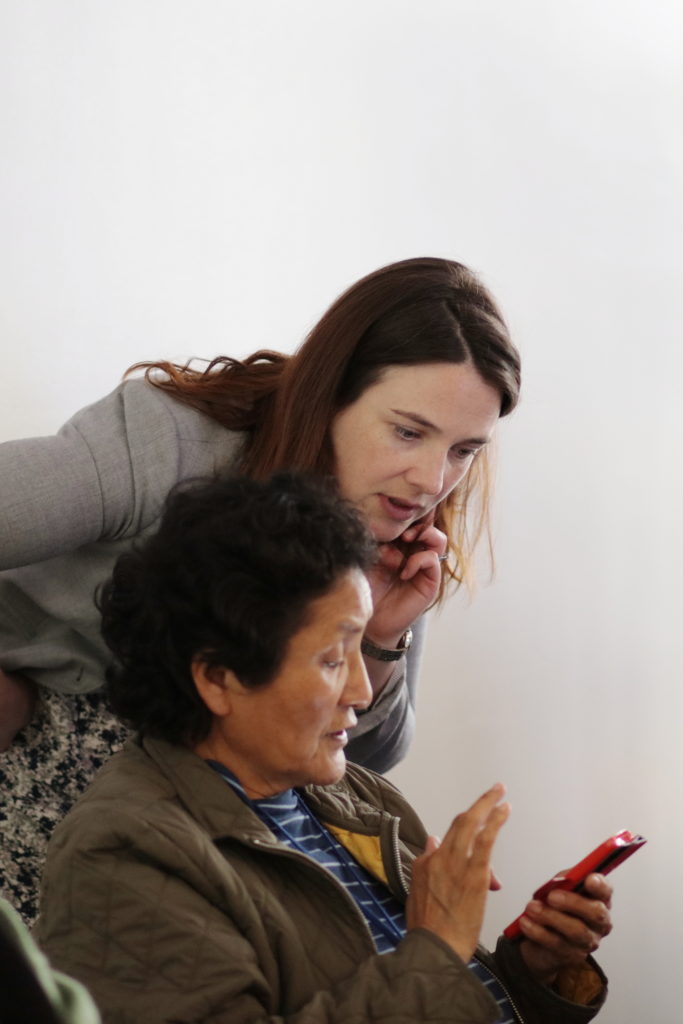
Eppler helping during ‘Digital Device Drop-In’ class, where people come for help with smartphones and other devices.
PK: How, if at all, do you think the partnership with SFMOMA has impacted your work?
KE: Our partnership with SFMOMA has brought some exciting opportunities—like our ability to host a live reading of original work by our Project Read learners. Conversations about the scale model helped inspire an open-mapping event coming up at the Bridge in November, which I think will be an empowering opportunity for our users to think about maps in a new way. In general, our partnership also helped me to think more deeply about the work we do—about the way individual struggles are part of a larger community experience and part of the history of San Francisco.
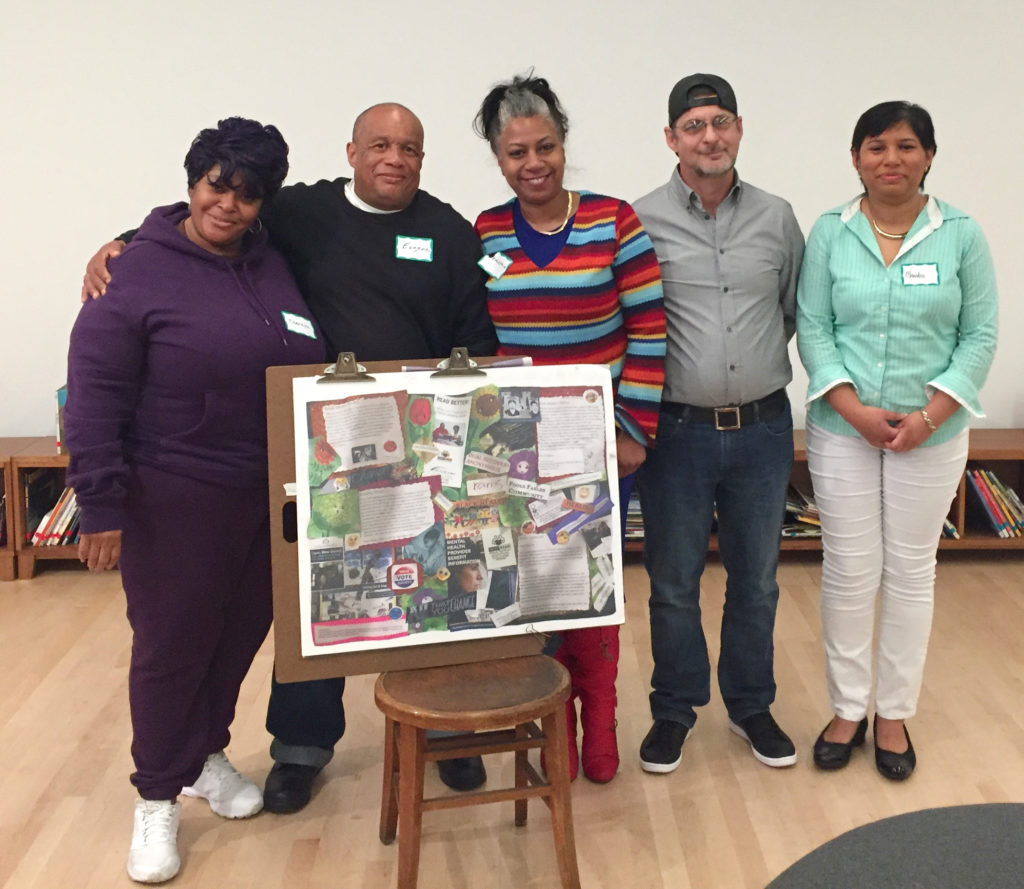
Project Read learners at the SFMOMA reading night. Learners read their original work at the museum and then received a free tour of the collections.
PK: What about the library at large?
KE: It’s been a wonderful collaboration! We’ve been involved in some exciting events and have loved the opportunity to create a library space at SFMOMA.
PK: What else would you like to tell us?
KE: I’m dying to see that model of San Francisco all put together somewhere.
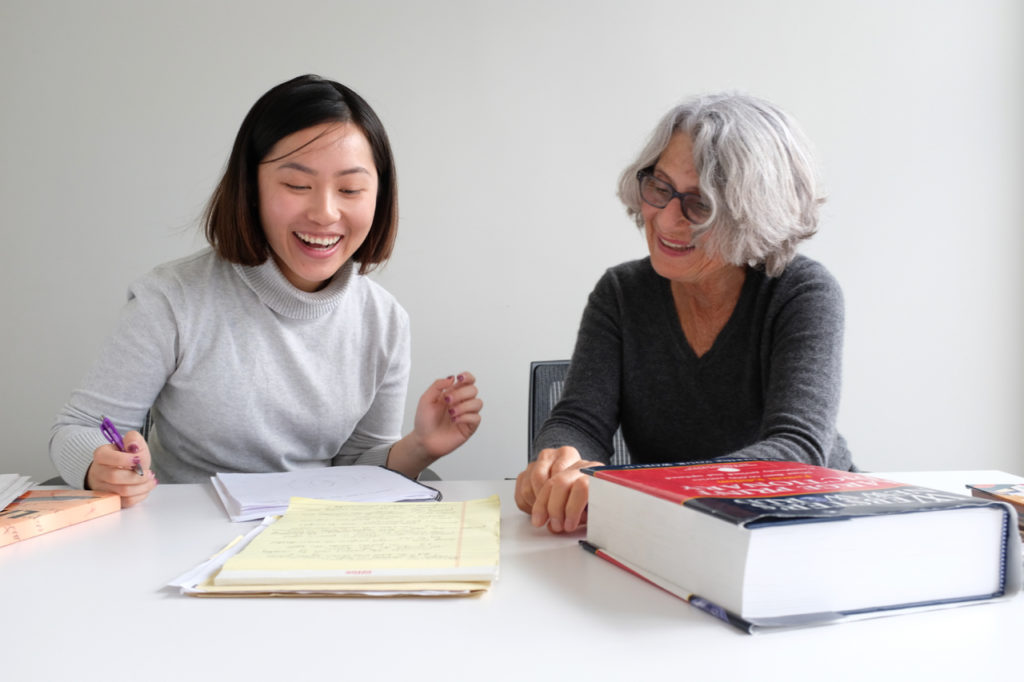
A Project Read learner and tutor pair, hard at work.